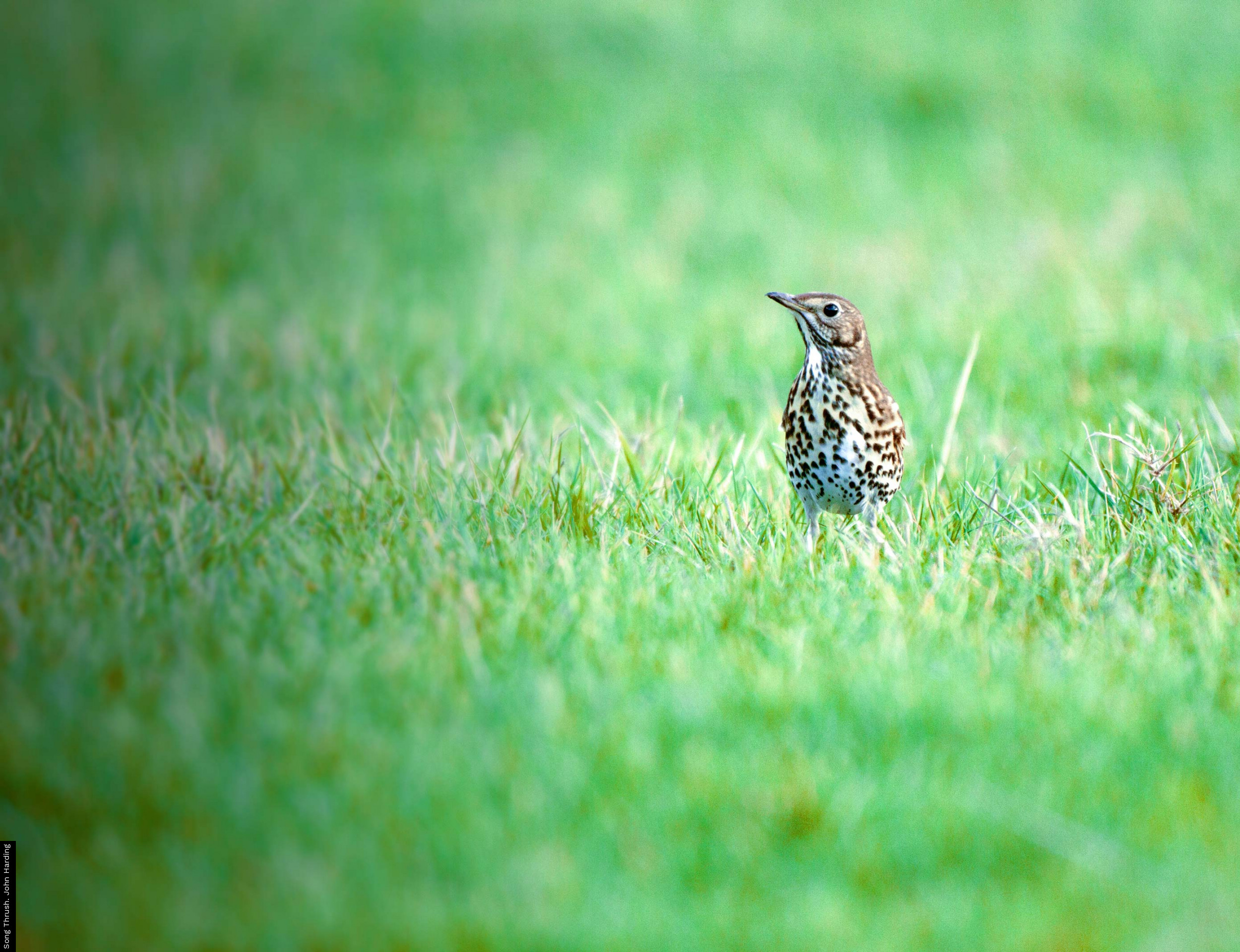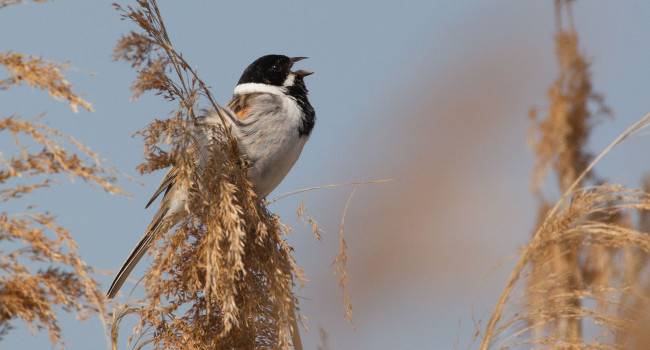Gatekeeper
Gatekeeper
Pyronia tithonus

A now rarely-used name for this species is Small Meadow Brown, reflecting the similarity in appearance with its larger cousin. However, the Gatekeeper is not a difficult butterfly to identify.
When viewed from above, it can be seen that each of the forewings has a small black spot near its tip, usually containing two tiny white dots, while each hind wing has a similar spot, but with only a single white dot. In Meadow Brown, the hindwing spots are absent and the forewing spots usually only have a single white dot. When viewed from below, the Gatekeeper also shows a blackspot with two tiny white dots on its forewing but on the hind wing, there is just a series of five tiny white dots running in a wandering line across the wing. The Meadow Brown lacks these.
Male and female Gatekeepers appear similar when seen with their wings closed, but the uppersides are distinct; the male a deeper orange-brown in colour with a dark ‘sex brand’ across the forewing.
Gatekeepers live in colonies, with little movement between sites. For this reason, those seen in rural country gardens are likely to be from populations breeding along adjoining hedgerows. The numbers present within an individual colony may fluctuate from year to year, with the largest numbers present in years with warm summers.
It is rare for Gatekeepers to appear in city-centre gardens. However, in recent years, this species has been recorded at some urban sites across north-east London and Hampstead Heath and, more recently, on Wimbledon and Mitcham Commons. Such range expansion into urban areas may be due in part to changes in the management of urban parks and cemeteries.
Eggs are laid singly on the leaves or on the bark of shrubs, though some may be simply ejected into the air. They hatch after about three weeks and the emerging caterpillars feed on the tender young leaves of grasses. Development is very slow, and takes about eight months, with the caterpillar hibernating through the winter before continuing its development the following spring.
During the daytime, the caterpillar hides head-down in a clump of grasses, only climbing up to the tips to feed at night. With their growth complete by early June, they then pupate, emerging as adults after three or four weeks.






Share this page